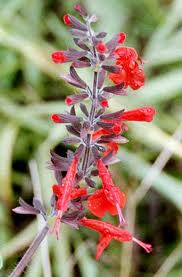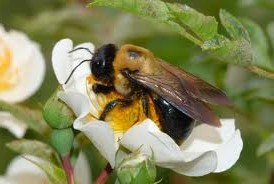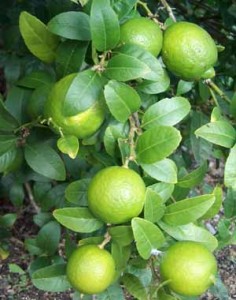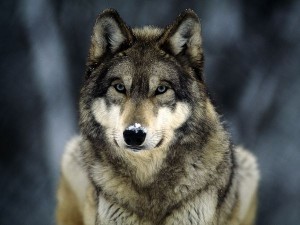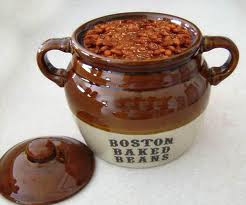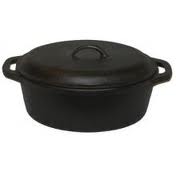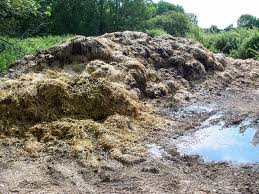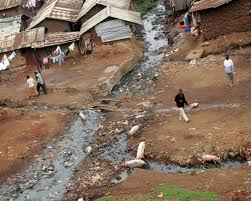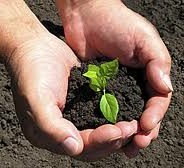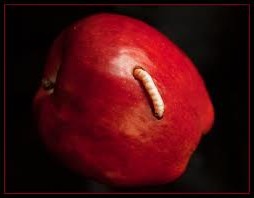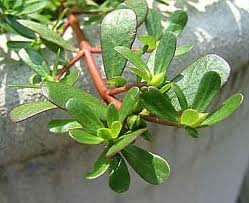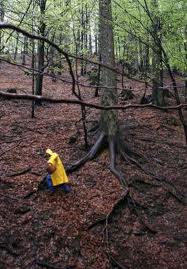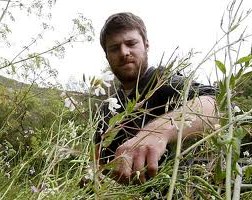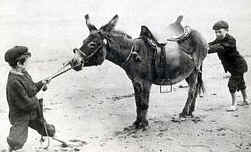 There’s an old joke. A man had a mule sit down under a load. Mules can be very stubborn. And despite all his efforts the man couldn’t get the mule to get up. I won’t go through the entire joke but a second man ends up hitting the mule over the head with a plank. He then talked to the mule and it got up. When asked how he did it, the man said he was successful because he first used the plank “to get the mule’s attention.” I sometimes feel that way about state officials, that they need to be hit over the head with a plank to get their attention.
There’s an old joke. A man had a mule sit down under a load. Mules can be very stubborn. And despite all his efforts the man couldn’t get the mule to get up. I won’t go through the entire joke but a second man ends up hitting the mule over the head with a plank. He then talked to the mule and it got up. When asked how he did it, the man said he was successful because he first used the plank “to get the mule’s attention.” I sometimes feel that way about state officials, that they need to be hit over the head with a plank to get their attention.
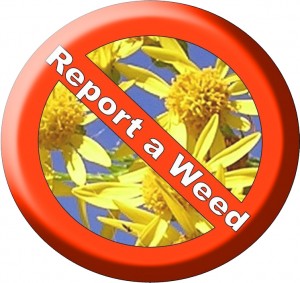 Around seven out of 10 native “weeds” on a given state’s hit list is edible. Numerous “invasive” and or “noxious” weeds are also edible, usually 12% or so. If anything governmental agencies go the opposite extreme and say some weeds which are edible are not edible. Florida reports in one paragraph a weed was brought to the state to be studied for food but in another paragraph says it is an escaped non-edible. Shear brilliance, that is
Around seven out of 10 native “weeds” on a given state’s hit list is edible. Numerous “invasive” and or “noxious” weeds are also edible, usually 12% or so. If anything governmental agencies go the opposite extreme and say some weeds which are edible are not edible. Florida reports in one paragraph a weed was brought to the state to be studied for food but in another paragraph says it is an escaped non-edible. Shear brilliance, that is
Perhaps it is inevitable specialization. Centuries ago when president-to-be John Adams and wife Abigail went to Paris she fumed over the number of servants she was expected to hire and their refusal to do other work. The maid who made a bed would never dust the furniture or help in the kitchen. There were two other maids who did that. The fellow who took care of the grounds would never work in the garden or the stable. There were other servants to do that. State botanists and biologists are like that. They are hired to tell us weeds are bad. That the weeds may be edible does not fit into their job description. Most of them don’t know about edible weeds. And if they do It’s treated like a dirty little secret. I find it appalling that I know more about edible wild plants than many botanists and biologists with PhD’s and years of experience.
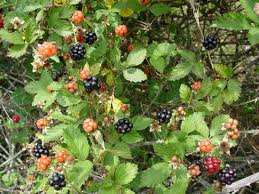 What we are witnessing is not only a loss of knowledge but also a fundamental shift in attitude. In places where starvation is common — Ethiopia, the Sudan — everyone knows which wild plants are edible, and there is no such thing as a “invasive” edible weed. It is food or it is not. In Tasmania the dewberry (a blackberry that grows horizontally) is listed as an invasive noxious weed. The Ethiopians wouldn’t see it that way at all.
What we are witnessing is not only a loss of knowledge but also a fundamental shift in attitude. In places where starvation is common — Ethiopia, the Sudan — everyone knows which wild plants are edible, and there is no such thing as a “invasive” edible weed. It is food or it is not. In Tasmania the dewberry (a blackberry that grows horizontally) is listed as an invasive noxious weed. The Ethiopians wouldn’t see it that way at all.
 In the United States, and probably in most developed countries, we have hundreds of millions of people whose families and cultures have lost the knowledge of edible wild plants. We also have a professional cadre of degreed officials whose job is to demonize non-cultivated plants. In less than a century a plant like the sow thistle went from a prized spring green to a weed to be chemically executed. Meanwhile we are encouraged to eat cultivated plants that have been biologically molested. The chemist in the kitchen, I think, is doing us more harm to our health than good. We have millions eating carbohydrate-based processed non-food food. Then we wonder why there are epidemics of heart disease, diabetes and cancer.
In the United States, and probably in most developed countries, we have hundreds of millions of people whose families and cultures have lost the knowledge of edible wild plants. We also have a professional cadre of degreed officials whose job is to demonize non-cultivated plants. In less than a century a plant like the sow thistle went from a prized spring green to a weed to be chemically executed. Meanwhile we are encouraged to eat cultivated plants that have been biologically molested. The chemist in the kitchen, I think, is doing us more harm to our health than good. We have millions eating carbohydrate-based processed non-food food. Then we wonder why there are epidemics of heart disease, diabetes and cancer.
 It is amazing to think that for 99.99 percent of their tenure on earth every man, woman and child was on an intimate, life-sustaining relationship with the flora around them. Plants were their grocery store, hardware store and pharmacy. Indeed, finding new plants was as important in exploration as finding gold. In basically the hundred years of the 20th century we shifted from being self-sufficient plant-based people to technology-dependent mouths to be fed. A century ago nearly every 10-year old could identify all of the edible wild plants in the neighborhood. Today none can. The only blackberry they know takes pictures.
It is amazing to think that for 99.99 percent of their tenure on earth every man, woman and child was on an intimate, life-sustaining relationship with the flora around them. Plants were their grocery store, hardware store and pharmacy. Indeed, finding new plants was as important in exploration as finding gold. In basically the hundred years of the 20th century we shifted from being self-sufficient plant-based people to technology-dependent mouths to be fed. A century ago nearly every 10-year old could identify all of the edible wild plants in the neighborhood. Today none can. The only blackberry they know takes pictures.
 People no longer know plants. Humanity is fed by agri-business that essentially grows simple carbohydrates: wheat, rice, corn and potatoes. That makes us very vulnerable. Society is not only technology dependent but chemically dependent, limited-crop dependent, and agri-business dependent as well. You can only grow carb crops on a massive scale to feed billions by keeping weeds at bay. Thus weeds are bad, so bad their edibility is information non grata.
People no longer know plants. Humanity is fed by agri-business that essentially grows simple carbohydrates: wheat, rice, corn and potatoes. That makes us very vulnerable. Society is not only technology dependent but chemically dependent, limited-crop dependent, and agri-business dependent as well. You can only grow carb crops on a massive scale to feed billions by keeping weeds at bay. Thus weeds are bad, so bad their edibility is information non grata.
 So where’s our plank? What’s the wake up call? What do we hit them on the side of the head with? Do we make the bureaucrats walk the plank? Somewhere out there in time there is a finite point. There won’t be enough chemicals, carbs and technology to feed us all. That could do it. Or if the economy worsens and there are food shortages. That could be the slap in the head, too. Maybe then we will have an attitude shift and again there will be no such thing as an “invasive” edible weed.
So where’s our plank? What’s the wake up call? What do we hit them on the side of the head with? Do we make the bureaucrats walk the plank? Somewhere out there in time there is a finite point. There won’t be enough chemicals, carbs and technology to feed us all. That could do it. Or if the economy worsens and there are food shortages. That could be the slap in the head, too. Maybe then we will have an attitude shift and again there will be no such thing as an “invasive” edible weed.

